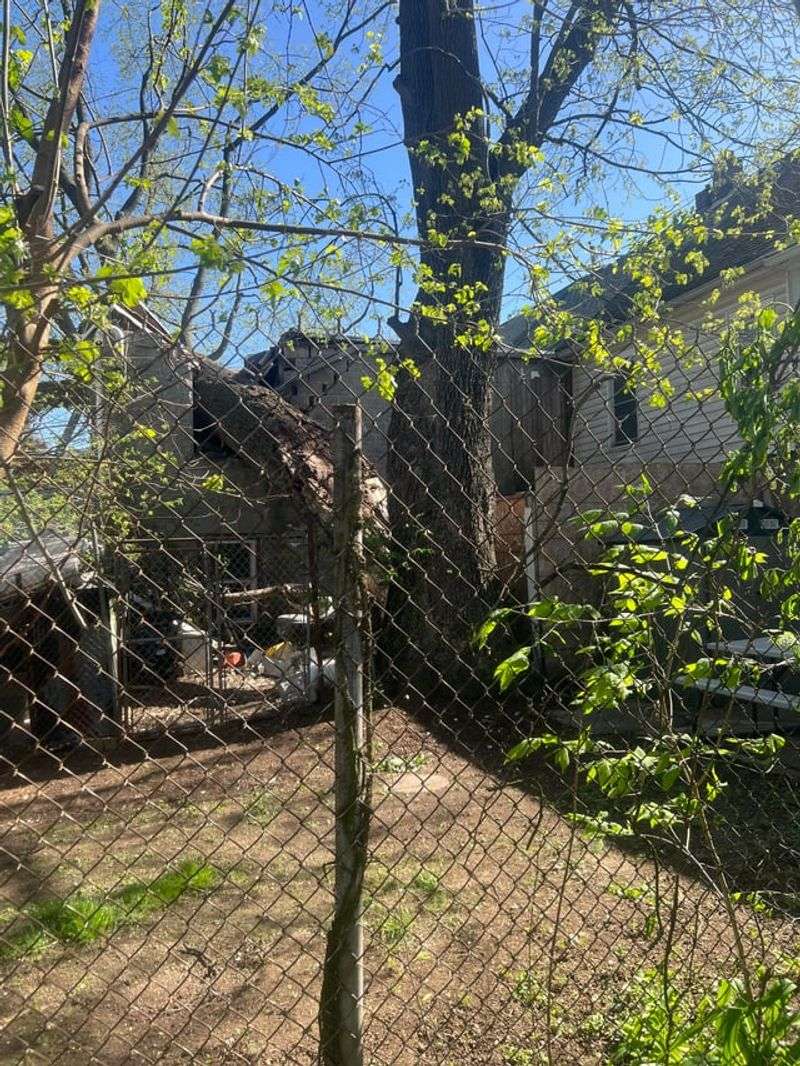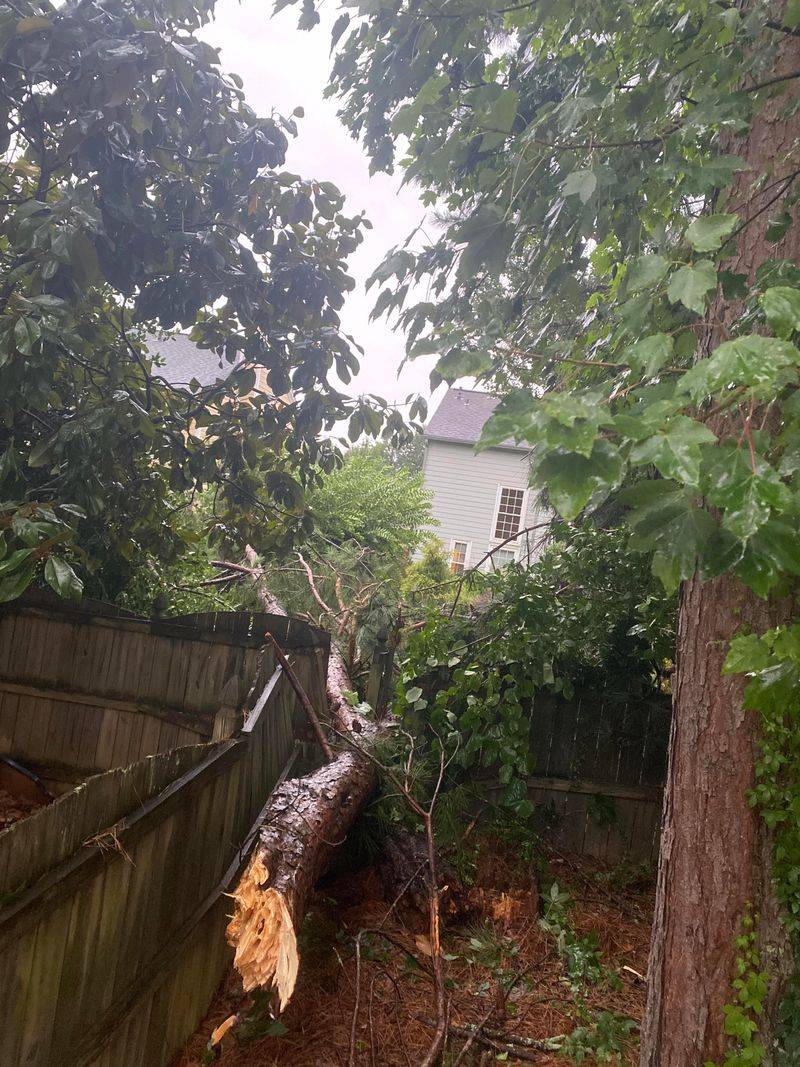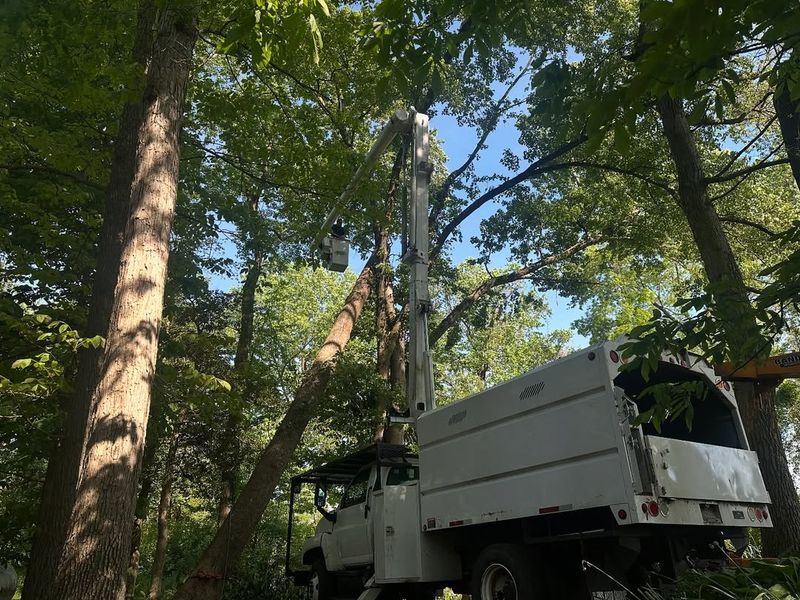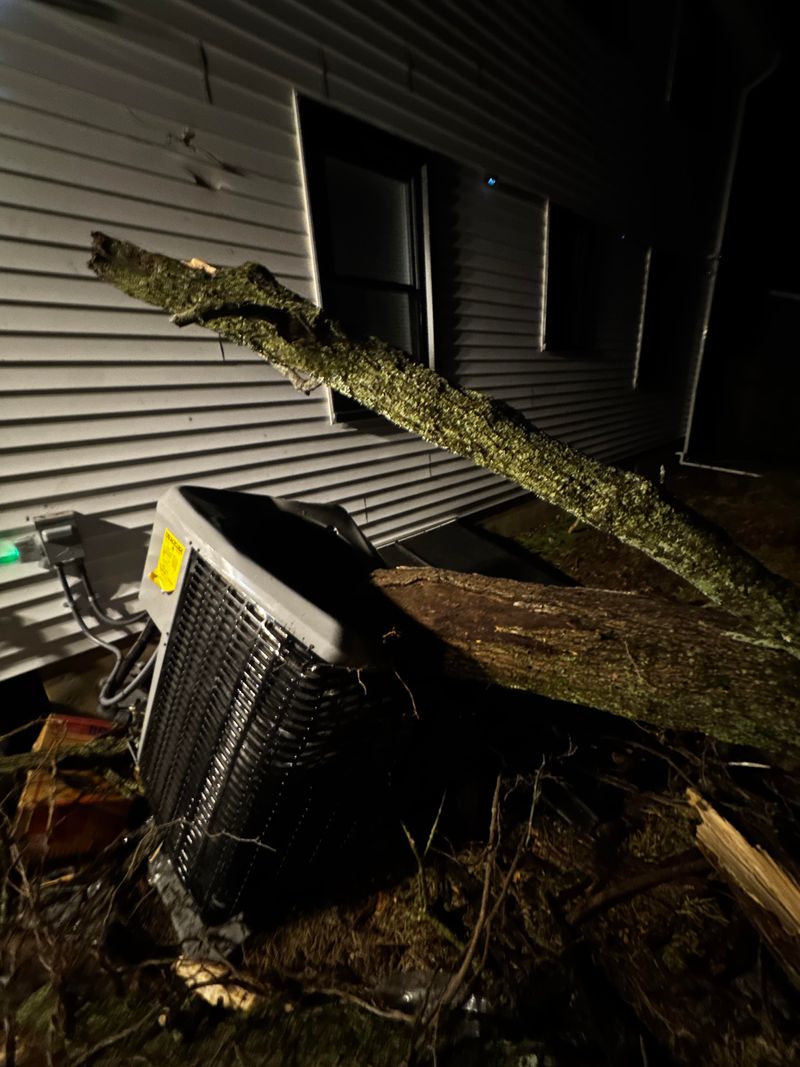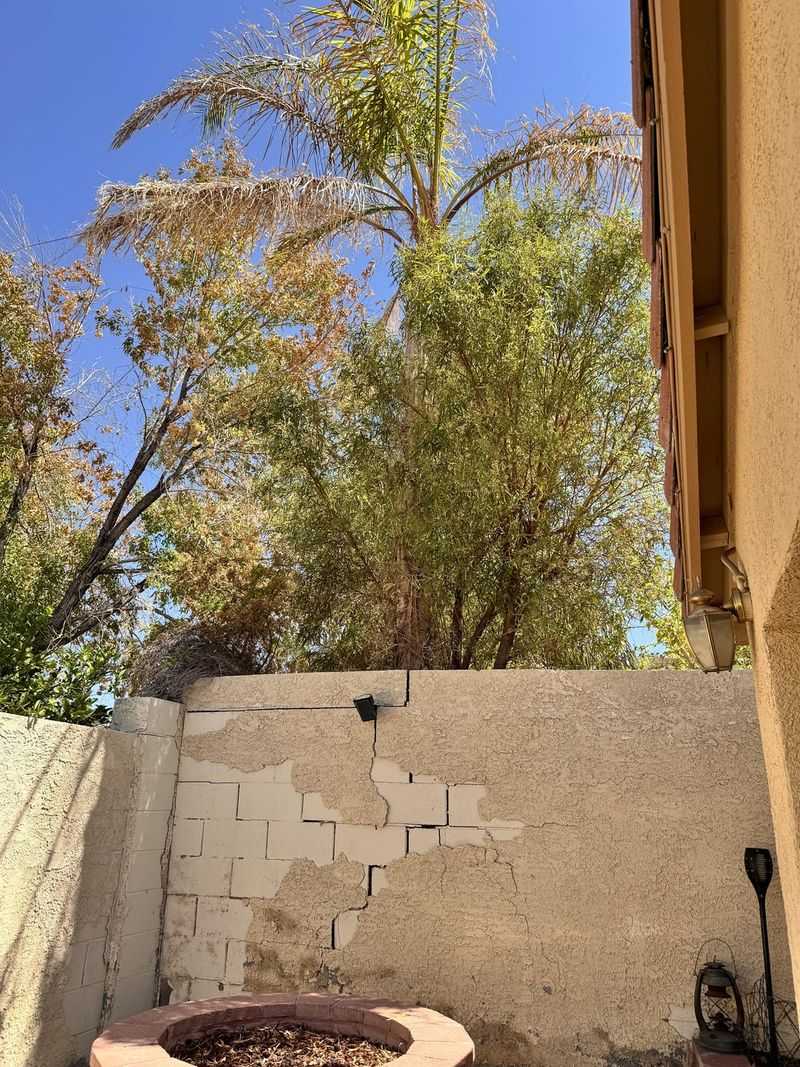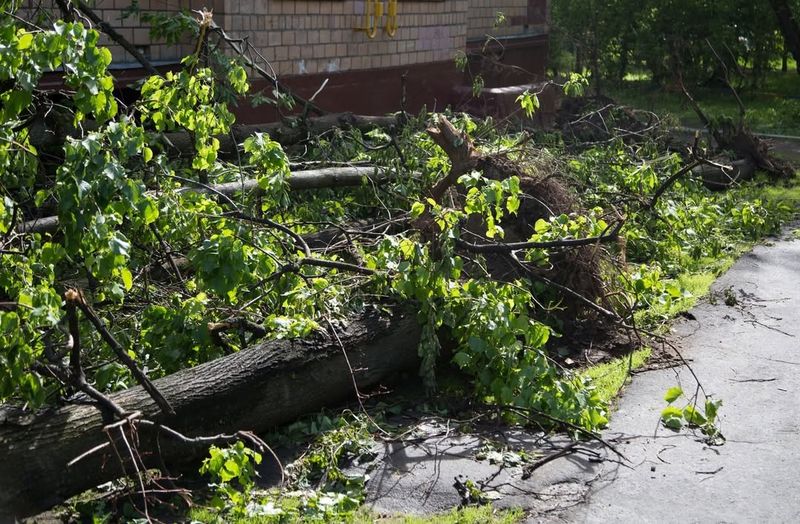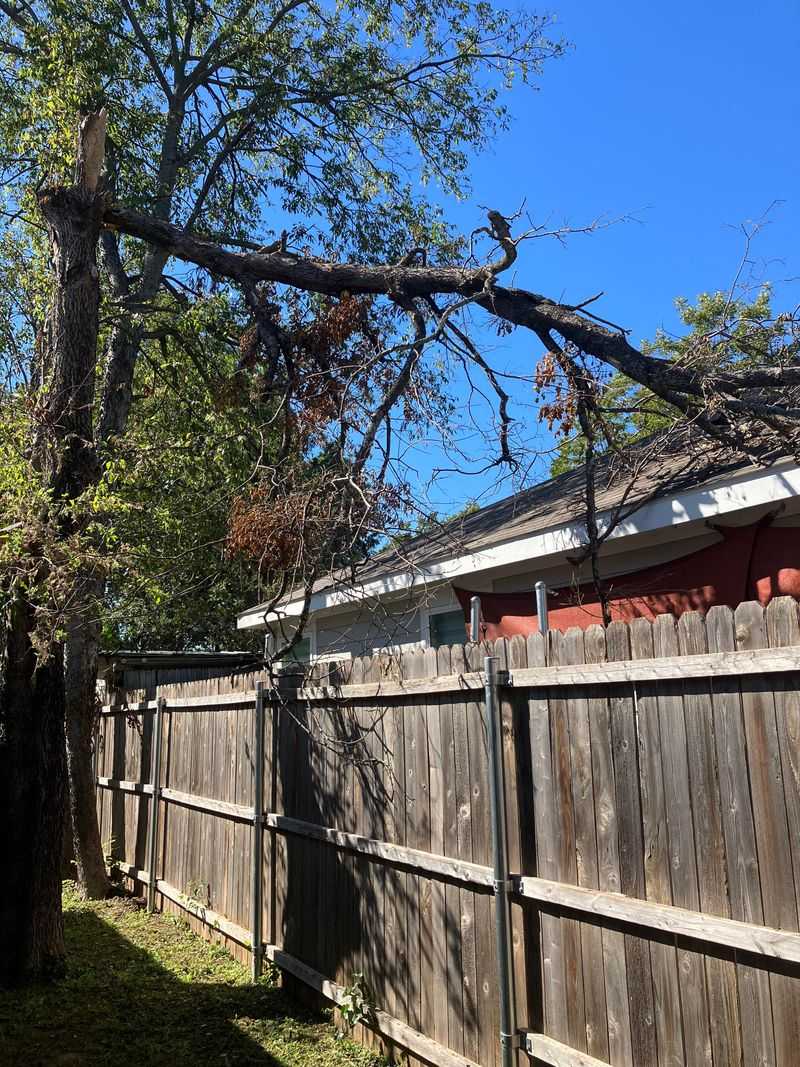When a towering oak or maple crashes from your neighbor’s property into your Illinois yard, figuring out who pays for the mess can feel overwhelming. Understanding tree liability laws helps homeowners protect their property and avoid costly disputes.
Whether the tree fell during a storm or simply toppled from age, knowing your rights and responsibilities makes all the difference in handling the situation smoothly.
1. Illinois Law Generally Favors Property Owners
Property rights take center stage when trees cause damage across boundary lines. Illinois follows common law principles that typically place responsibility on the property owner where damage occurs, not where the tree originated.
This means homeowners usually handle cleanup costs for branches and debris that land on their side. However, exceptions exist when negligence plays a role, making each situation unique.
Documentation becomes essential for protecting yourself financially and legally.
2. Proving Neighbor Negligence Changes Everything
Neighbors become liable when they ignore obvious warning signs of tree trouble. If someone knew their tree was diseased, dying, or structurally unsound yet did nothing, they may owe damages.
Collecting evidence like photos, written complaints, or expert assessments strengthens your case significantly.
Illinois courts examine whether reasonable people would have recognized the danger and taken action. Proving this negligence shifts financial responsibility from victim to tree owner.
3. Storm Damage Usually Falls Under Act Of God
Severe weather events create different rules for tree-related property damage. When healthy trees fall during storms, tornadoes, or high winds, Illinois law typically classifies this as an unavoidable natural event.
Homeowners insurance generally covers removal and repairs on your own property, regardless of tree origin. Your neighbor likely won’t bear responsibility unless the tree was already compromised before the weather struck.
Review your policy coverage carefully after storm incidents.
4. Homeowners Insurance Handles Most Cleanup Costs
Insurance policies provide the first line of financial protection for tree damage. Most standard homeowners policies cover removal of fallen trees and repair of structures they damage, subject to deductibles.
Filing claims promptly ensures faster processing and payment for Illinois residents facing unexpected tree disasters.
Some policies limit coverage amounts for debris removal, so understanding your specific terms prevents surprises. Contact your insurance agent immediately after discovering significant tree damage.
5. Document Everything Before Touching Anything
Creating a thorough record protects your interests when disputes arise. Photograph the fallen tree from multiple angles, showing its origin point, damage caused, and overall property conditions.
Written notes about weather conditions, previous conversations with neighbors, and timeline details strengthen your position.
Illinois residents should also capture any visible signs of disease or decay that might indicate prior problems. This evidence becomes invaluable for insurance claims or potential legal action.
6. Communication With Neighbors Prevents Legal Battles
Friendly conversations often resolve tree situations faster than lawyers ever could. Approaching your neighbor calmly about the fallen tree opens doors to cooperative solutions and shared cleanup efforts.
Many Illinois homeowners find that working together saves money and preserves neighborhood relationships.
Discussing insurance coverage, cost-sharing options, and removal timelines prevents misunderstandings from escalating into courtroom confrontations. Written follow-up emails confirm any agreements made during these talks.
7. Tree Service Professionals Assess Safety Hazards
Expert evaluation determines whether remaining tree portions pose ongoing dangers. Licensed arborists identify structural weaknesses, root damage, and risks that untrained eyes might miss completely.
Their professional reports carry weight with insurance companies and courts throughout Illinois. Getting multiple estimates helps homeowners understand fair pricing for removal and repair work needed.
Choose certified professionals with proper licensing and insurance coverage to avoid additional liability issues.
8. Small Claims Court Offers Resolution Options
Legal action becomes necessary when negotiations fail and damages remain unpaid. Illinois small claims courts handle property disputes up to specific dollar amounts without requiring expensive attorneys.
Filing fees stay relatively low, making this accessible for average homeowners seeking reimbursement. Bringing your documentation, photos, estimates, and witness statements gives judges the information needed for fair decisions.
Court clerks provide forms and guidance for navigating the process successfully.



